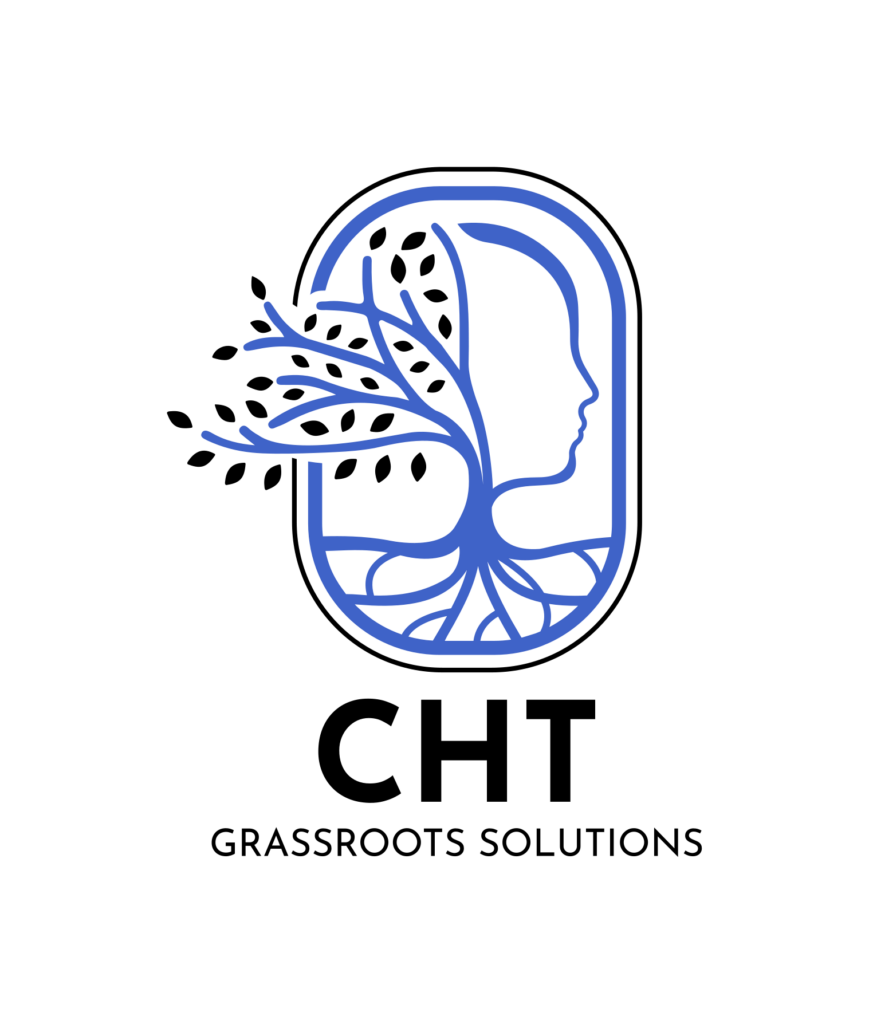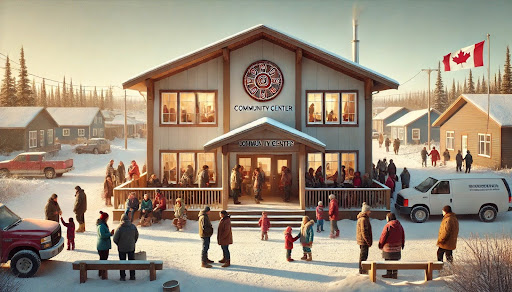Shaping the Vision for a Healthier Future (Post 4 of 12)
When you think about healthcare in remote communities, traditional hospital-first approaches often fall short, leaving many without adequate support. The LISTEN Framework offers a different path, focusing on community engagement and potentially creating a central hub concept that harmonizes modern medicine with traditional teachings. LISTEN is a framework that helps communities implement healthcare transformation in a way that reflects their unique needs and values. You can transform how care is delivered by prioritizing local input and adaptability. But how do you begin applying this model in your town? Let’s explore the first steps that can lead to meaningful change.
Key Takeaways
- Hospital-first models often fail to address preventive care and wellness, especially in remote communities lacking access to culturally appropriate services.
- The LISTEN Framework is a concept that prioritizes community-driven healthcare solutions, integrating modern medicine with traditional practices for a holistic approach. We can use this to create a central hub.
- Engaging residents in planning creates trust and ownership, ensuring healthcare services are customized to specific community health needs.
- Continuous feedback loops and community events enhance service improvement, empowering individuals to manage their health proactively.
- To create a thriving health hub, identify community needs, build partnerships, and develop programs that promote ongoing health dialogue and collaboration.
The Limitations of Facility-First Models
Facility-first models often fall short when addressing the unique needs of remote communities. These models typically focus on treating illnesses rather than promoting overall wellness. When you live in a remote area, accessing healthcare can be challenging, and relying solely on hospitals or facilities can lead to delayed care and increased stress.
These facilities lack the resources to provide timely and culturally appropriate services. Plus, facility-first approaches often overlook the importance of preventive care and community engagement.
You need healthcare systems that prioritize education, outreach, and support tailored to your community’s specific needs. This means considering local traditions and values when designing health programs.
Instead of waiting for people to seek help in crisis situations, healthcare should come to you. A community-centred model encourages proactive health management, creating relationships and trust between healthcare providers and residents.
Integrating local knowledge and resources can create a more effective and sustainable system. In short, it’s time to move away from facility-first models and embrace a more holistic approach that truly serves remote communities.
This shift can lead to healthier, happier lives for everyone involved.
Understanding the LISTEN Community Centre Model
How does the LISTEN Framework redefine healthcare for rural and remote populations? It is a framework that guides communities in developing a healthcare system that prioritizes their unique needs.
By establishing a customized community health hub based on this framework, you can create a system that brings healthcare directly to residents, creating a sense of belonging and trust.
This model integrates modern medicine with local and traditional teachings, ensuring that healthcare is culturally relevant and accessible. You’ll find that services designed through this model resonate with your community’s values, encouraging greater participation in personal and collective health management.
Instead of maneuvering through a distant hospital or other facility, the model promotes collaboration with local practitioners who understand your unique context and challenges.
The LISTEN Framework also focuses on preventive care and education, empowering individuals to take charge of their health.
It promotes wellness initiatives that resonate with local lifestyles, addressing issues before they escalate into crises.
Community Engagement in Healthcare
Why is community engagement essential in healthcare for remote populations? It’s vital because it creates trust, improves health outcomes, and guarantees that services are tailored to the community’s needs. When you engage with the community, you empower individuals to take charge of their health, leading to a more effective healthcare system.
Here’s a quick breakdown of the benefits of community engagement:
| Benefit | Description | Impact on Healthcare |
|---|---|---|
| Trust Building | Establishes relationships with locals | Increased utilization of services |
| Tailored Services | Addresses specific community needs | Better health outcomes |
| Empowerment | Encourages self-management | More proactive health behaviours |
| Feedback Loop | Creates a channel for community input | Continuous improvement of services |
Integrating Modern and Traditional Practices
Integrating modern and traditional healthcare practices in remote communities can create a holistic approach that respects cultural values while addressing medical needs. You’ll find that blending these approaches creates trust and encourages people to seek care when necessary.
Incorporating traditional healers into the healthcare team helps bridge the gap between patients and providers, ensuring everyone feels valued and understood.
Start by engaging local leaders and healers to identify common ground. This collaboration can lead to a shared understanding of health and wellness, honouring modern medicine and Indigenous practices.
For instance, consider combining herbal remedies with prescribed medications, allowing patients to feel comfortable and empowered in their treatment choices.
Training healthcare workers in traditional practices can also enhance their cultural competency, making them more effective in providing care. You might host workshops discussing modern and traditional practices, promoting dialogue and understanding.
Integrating these practices isn’t just about healthcare; it’s about building relationships and fostering community resilience.
When you respect and incorporate traditions, you’re not just treating illness—you’re nurturing the spirit and well-being of the entire community.
Designing a Health Hub Space
Creating a community health hub using the LISTEN Framework helps support the integration of modern and traditional practices. To design an effective health hub, you must consider the physical layout, cultural relevance, and accessibility.
Start by envisioning open, inviting spaces that encourage community interaction. Use natural materials and colours to foster a sense of warmth and belonging.
Incorporate areas for traditional healing practices alongside modern medical facilities. This duality not only validates cultural heritage but also promotes collaborative care. Make sure that consultation rooms are designed to facilitate comfortable conversations, allowing patients to share their stories and concerns openly.
Accessibility is essential, so prioritize a location that’s easy to reach for all community members. Incorporate features like ramps and wide doorways to accommodate everyone.
Additionally, it creates spaces for community gatherings—this creates a sense of ownership and encourages ongoing dialogue about health needs.
Lastly, local artists and craftspeople should be involved to create a unique identity for the hub. By blending modern and traditional elements, you’ll make a space that resonates with the community and truly serves its health needs.
A Call to Action: Let’s Transform Healthcare Together
Imagine the possibilities for your own community. What if you could create a healthcare model that truly reflects the needs and values of your people? The LISTEN Framework is a transformational framework that communities can adapt to make healthcare more accessible, meaningful, and culturally inclusive.
Are you curious about how this could work in your town? Would you like to explore the steps to bring this vision to life?
Let’s start the conversation! Contact me if you’re interested in learning more or ready to take the first steps toward reimagining healthcare in your community. Together, we can build a future where health and well-being are truly community-driven.

